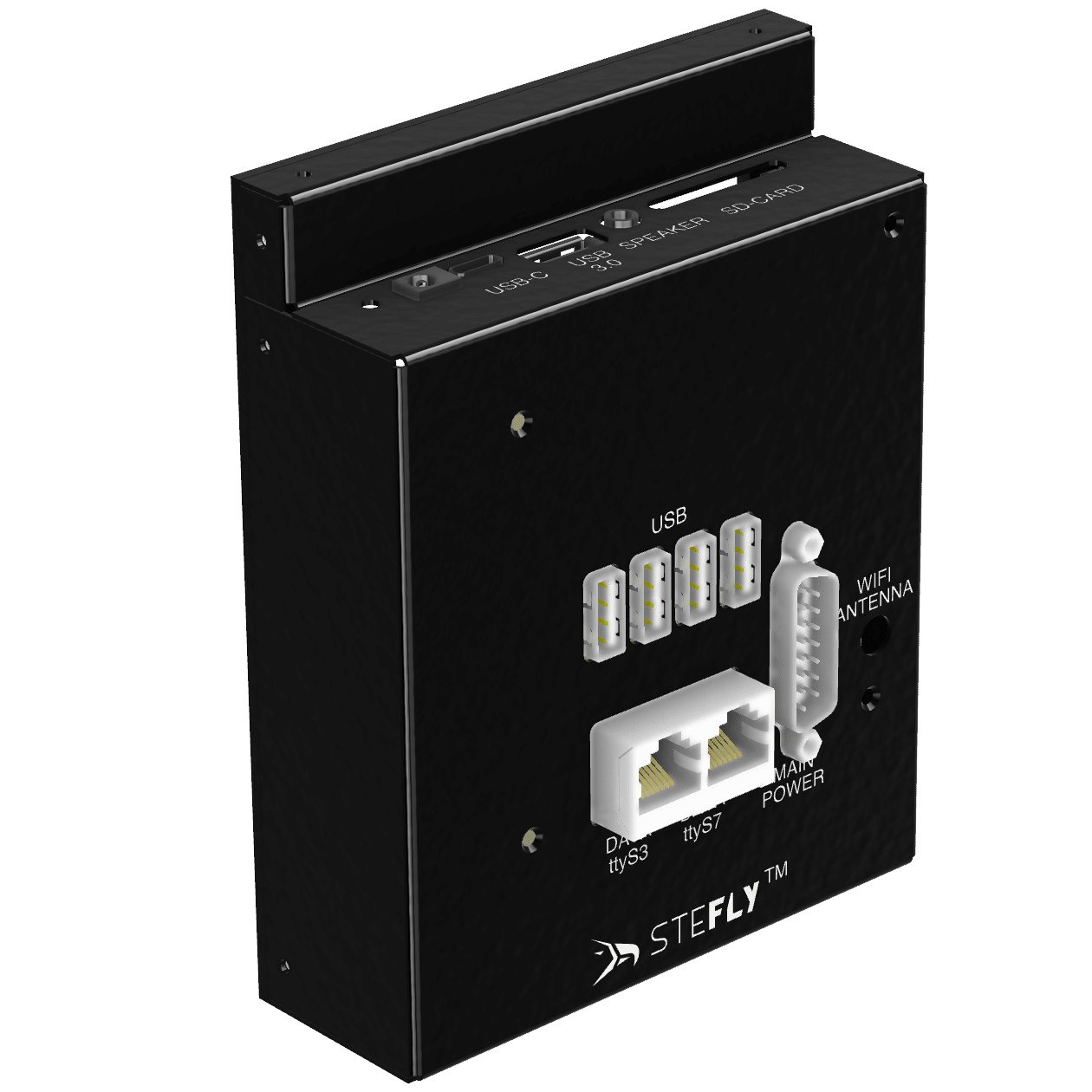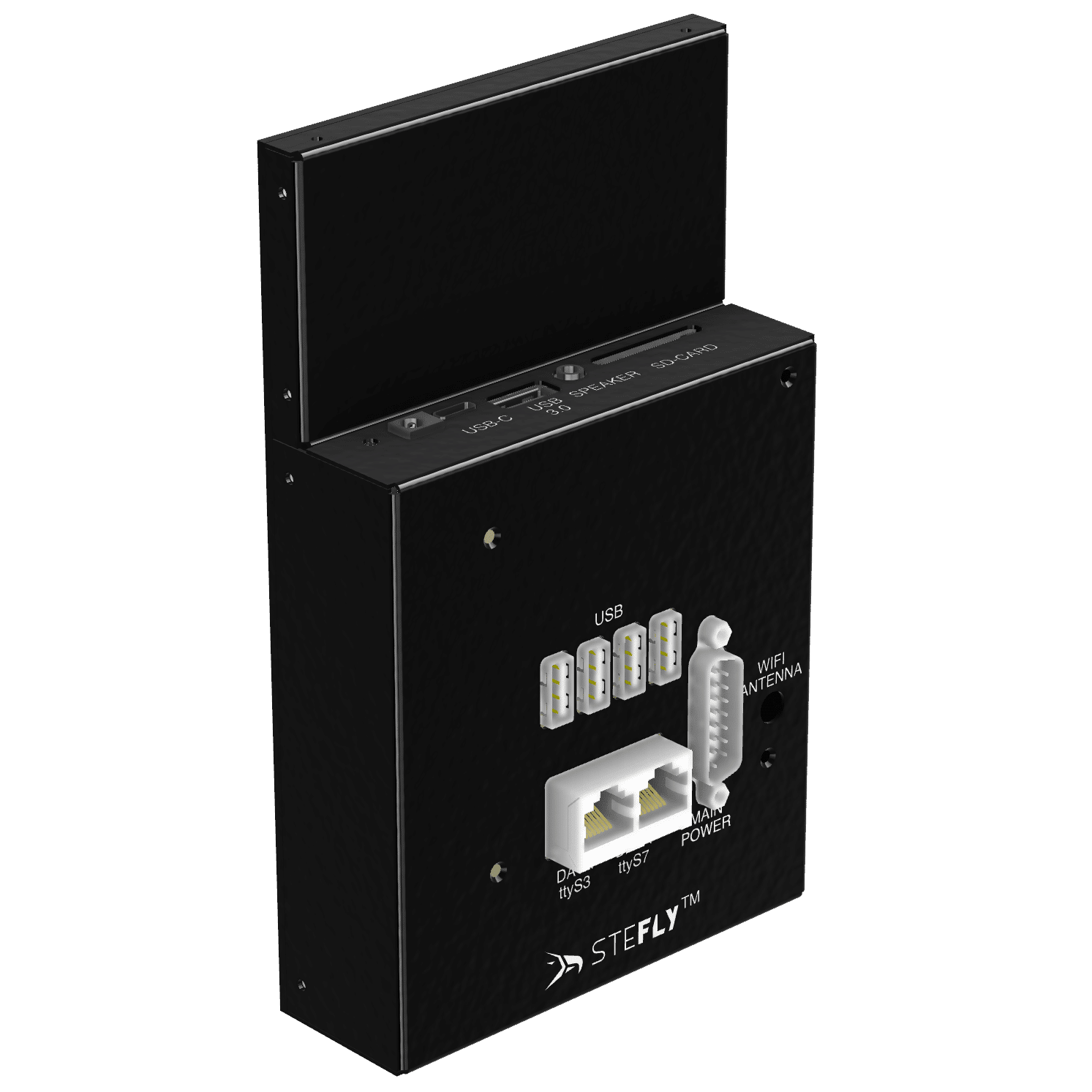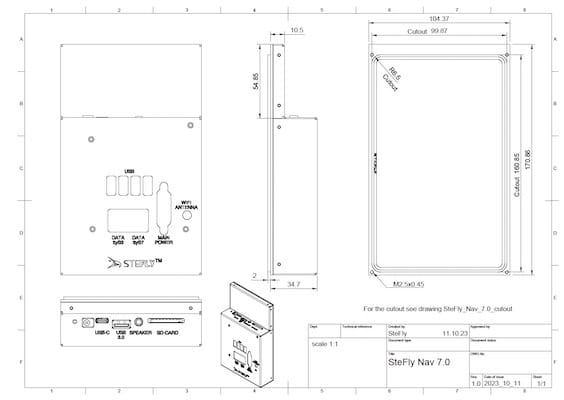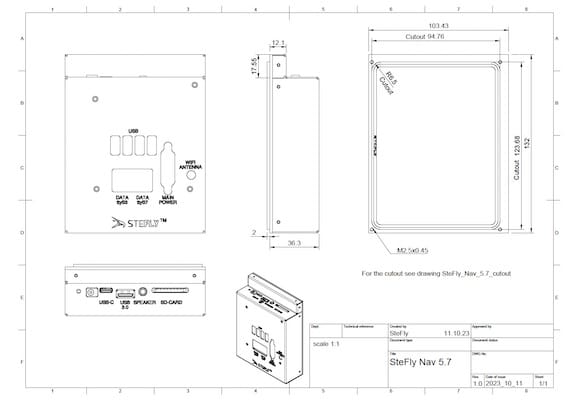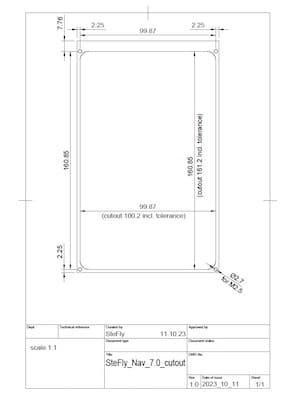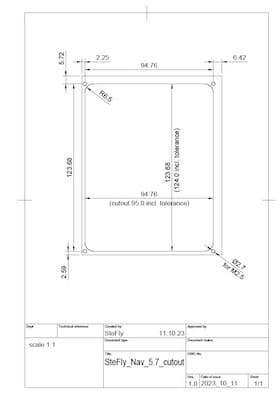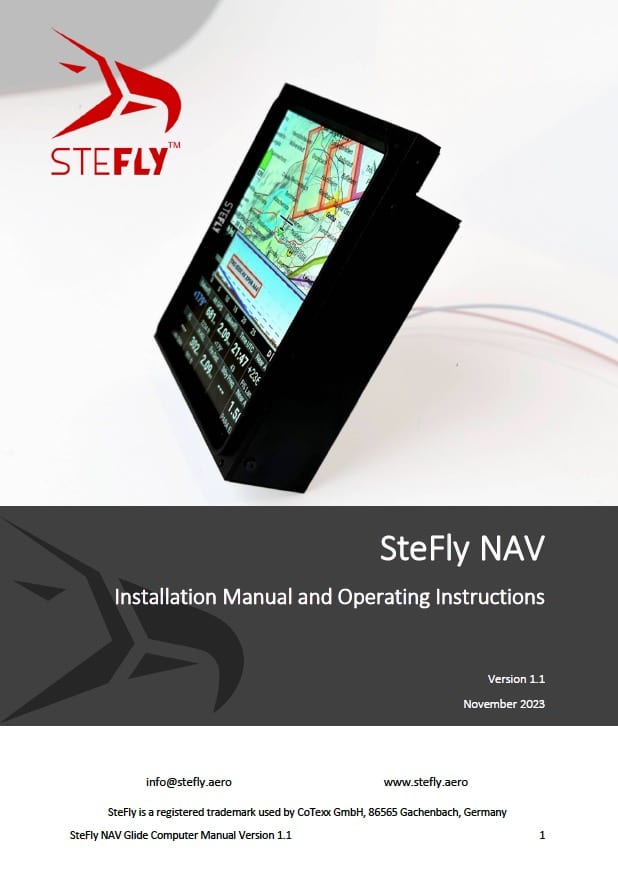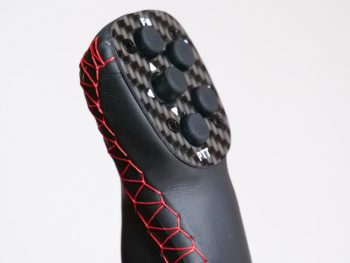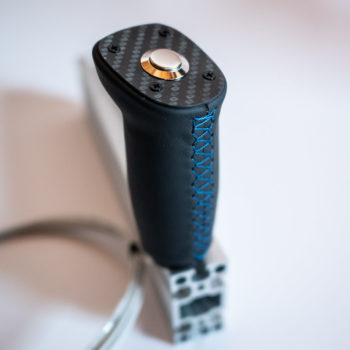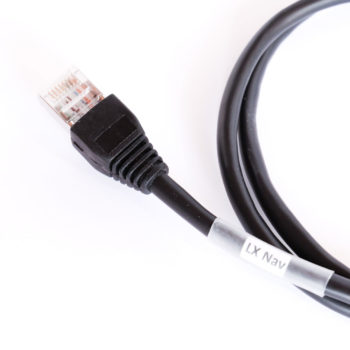SteFly Nav 57 & 70
990,00 €
incl. VAT plus shipping
Scope of Delivery:
- SteFly Nav device, fully assembled
- RJ45 cable
- D-SUB 15 connector for soldering with Quick Lock locking system (the Open-Vario connector / wiring harness is compatible)
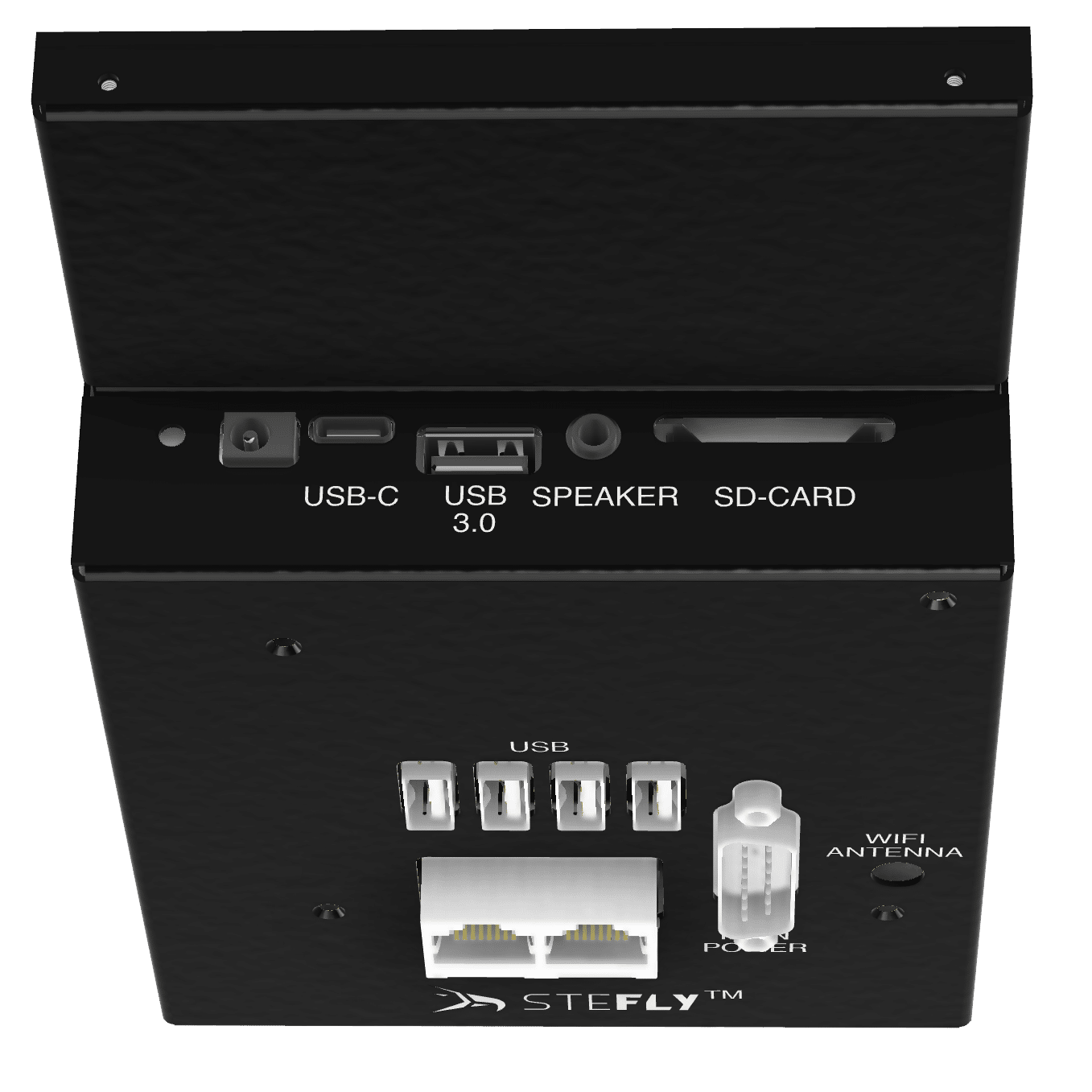
The Next Level of our Navigation Computers
Gone are the days when gliders were navigated using paper maps. With the SteFly OpenVario, cockpits all over the world could be equipped with a modern gliding computer with a large, colored moving map. Many young athletes grew up with the OpenVario. Because thanks to the open source idea and the great global sales success, an upgrade for all gliders became affordable. True to the motto: good avionics should not cost more than the airplane!
But the state of the art continues to advance. Displays are becoming brighter and more energy efficient, processors are becoming more powerful and with Android an operating system is available that is compatible with open source software such as XCSoar or OpenSoar as well as with popular apps such as SkyDemon or SeeYou Navigator.
In short, it's time for something new: more powerful, more intuitive and even better connectivity
SteFly Nav 57 and SteFly Nav 70
Highlights
- Android 11
- Access to the Google Play Store
- Bright touchscreen with 1600 cd/m² for the SteFly Nav 5.7 or 1200 cd/m² for the SteFly Nav 7.0 (for comparison: OpenVario 5.7´´ 900 cd/m²; OpenVario 7´´ 1000 cd/m²)
- Approximately 10% lower power consumption than the OpenVario when the same brightness is set
- Devices can be installed in all orientations, thus both portrait and landscape format
- Extremely compact housing
- WIFI and BLUETOOTH
- 5 x USB-A, 1 x USB-C and SD card slot
- 3 x RS232 serial interface (2 RJ45 sockets and one via the D-Sub connector)
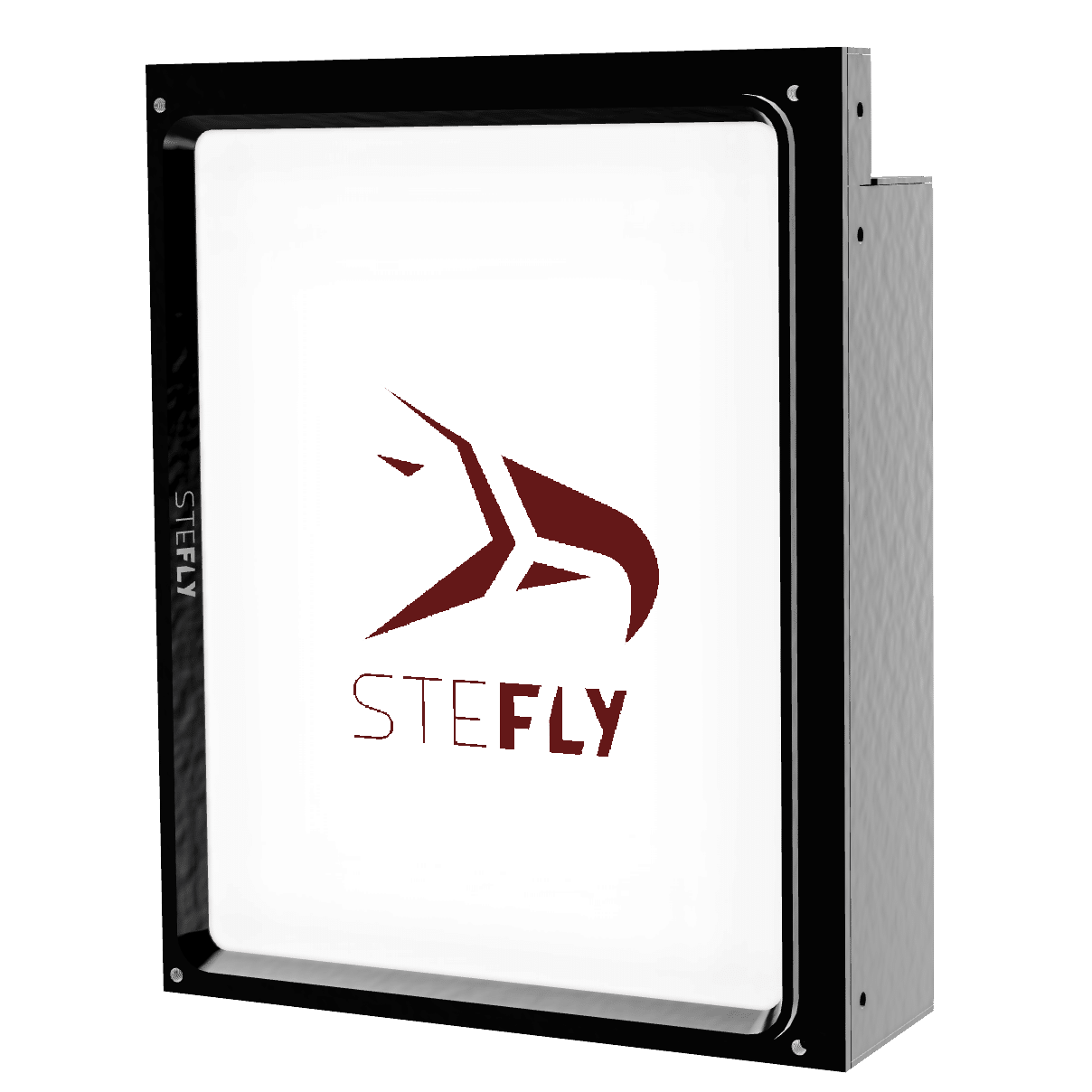
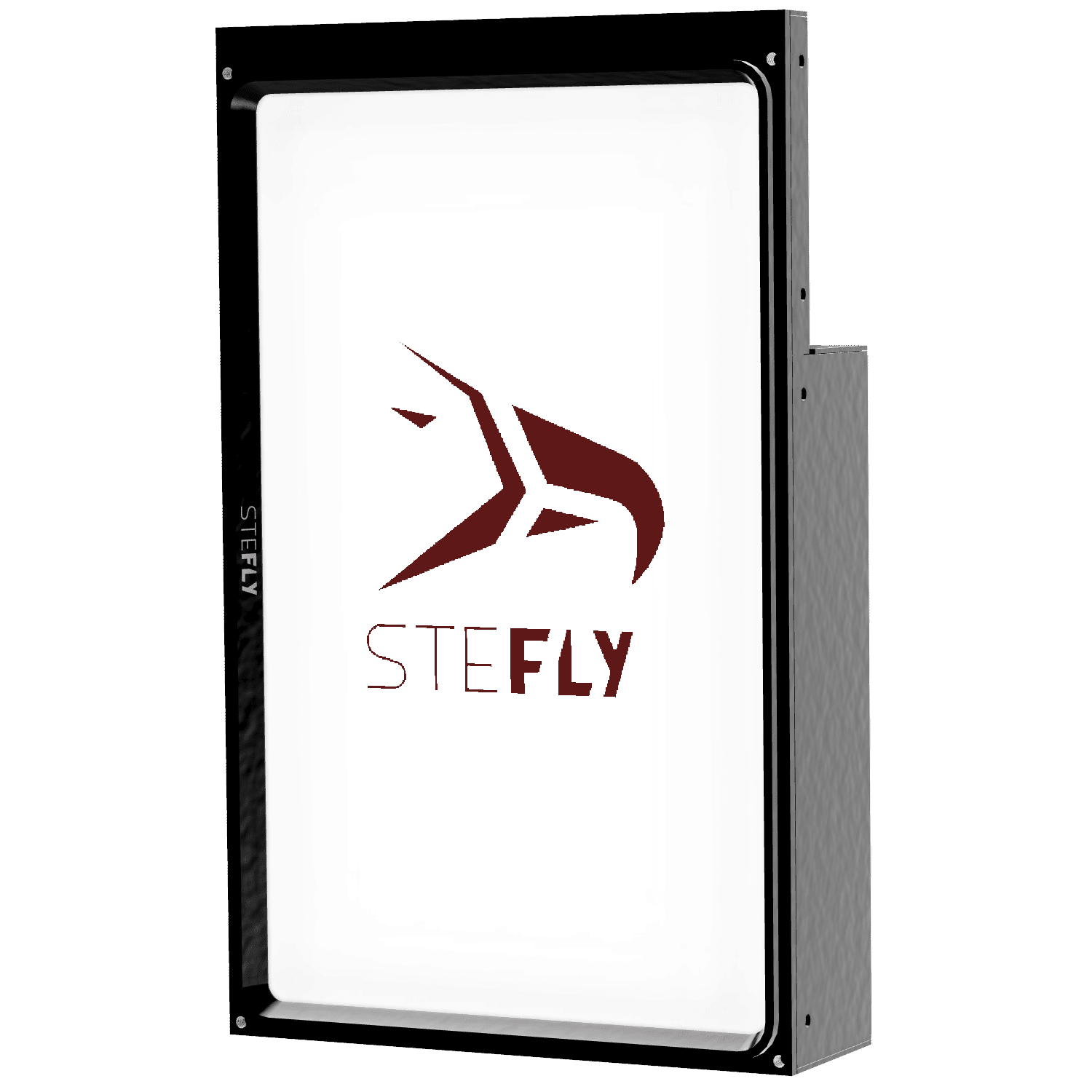
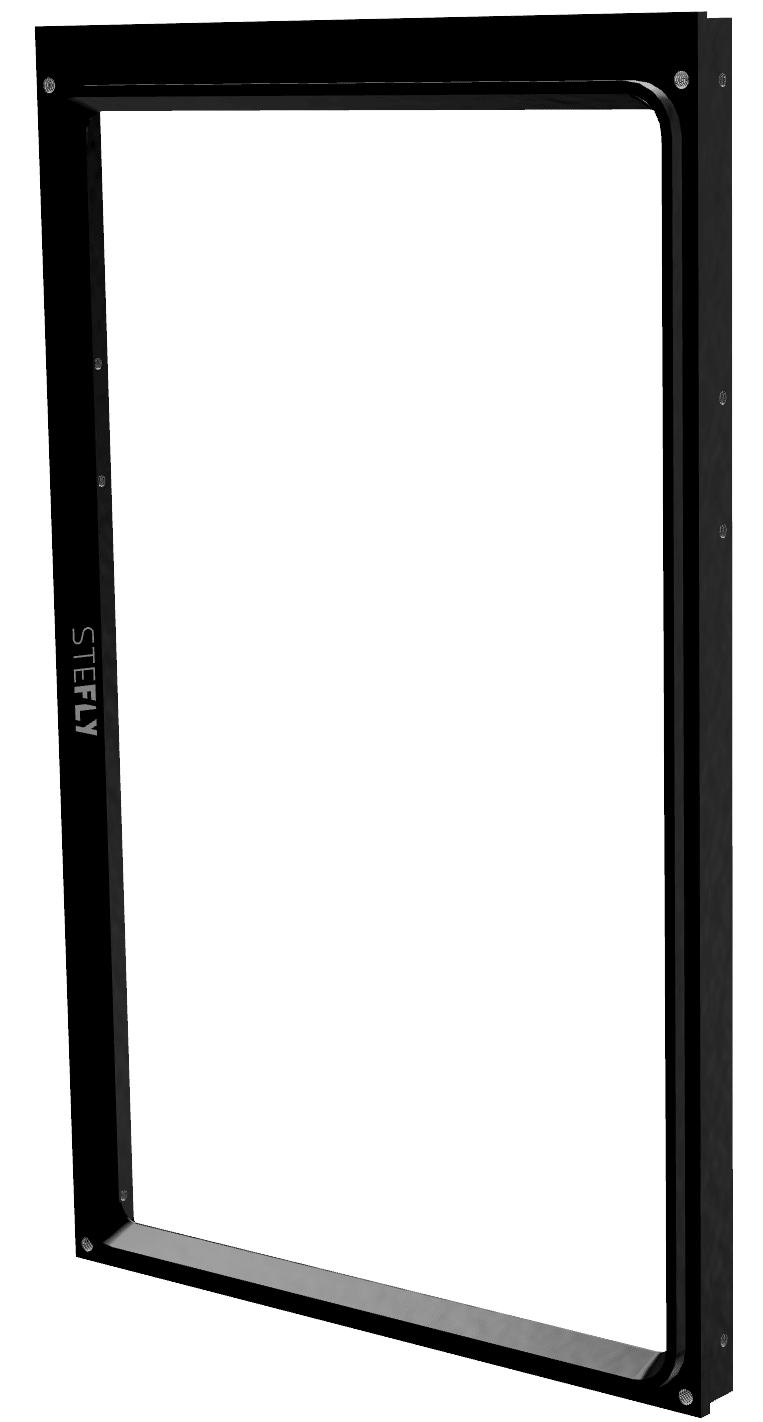
Easy replacement of a SteFly OpenVario
Of course, we will continue to help with spare parts and repairs for the SteFly OpenVario. SteFly and the OpenVario are inseparably linked. The OpenVario was the cornerstone of our gliding activities. And we also know and appreciate the motto:
Never touch a running system!
However, with the new SteFly Nav 5.7 and 7.0 devices we want to make the exchange as uncomplicated as possible. The motto is more fun in the cockpit and not spending more time in the workshop.
- The panel cutout and the four mounting holes are identical to those of the corresponding 7´´/ 5.7´´OpenVario
- Both height and width of the SteFly NAV 5.7 are identical to OpenVario 5.7
- The width of the SteFly NAV 7.0 is 7.8 mm less than that of the OpenVario, the height is identical
- The housing depth is significantly more compact than for the OpenVario: only a maximum of 36 mm instead of 80 mm for the OpenVario!
- Same D-Sub connector (power supply and external speaker) as the OpenVario, so plug and play!
- The SteFly Rotary module and the stick remote control can easily be plugged into the USB ports and are the ideal addition to the touchscreen
If an OpenVario fits, then a corresponding SteFly NAV 5.7 or 7.0 will also fit!
The following should be noted when switching from OpenVario:
- SteFly Nav no longer has the option of integrating a sensor board into the housing. Instead, our much more precise E-Vario LARUS can be connected to the new navigation computer via RJ45, Bluetooth or WiFi. LARUS, based on GNSS and acceleration sensors, measures vertical air movements significantly faster and more precisely than total energy variometers with a TEK nozzle. In addition, the horizontal wind is calculated accurately at all times without having to fly circles. And an AHRS (for the artificial horizon) is also on board.
- The temperature sensor of the OpenVario sensor board cannot be connected to the SteFly Nav device. We are developing a new temperature sensor.
SteFly Nav and LARUS – the perfect team!
LARUS
Electric variometer and wind calculation with the latest technology
Drawings and cutouts as PDF
SteFly Nav 70
DXF Files
For CNC milling the panel cutout or 3D printing a stencil. The outer contour line corresponds to the housing outline. The The inner line (milling contour) has an offset (outwards) of 0.17 mm to the frame of the NAV device so that the device can be mounted in the panel. Stainless steel stencils are available here: stefly.aero/stencils
Technical Data
Dimensions: Nav 57: lxwxh 132 mm x 104 mm x 39 mm; Nav 70: lxwxh 171 mm x 105 mm x 37 mm
Weight: Nav 57: 370 g; Nav 70: 420 g
Display: Capacitive touchscreen optically bonded; Nav 57: 640 x 480 px 1600 cd/m²; Nav 70: 1024 x 600 px, 1200 cd/m²
Processor: Quad-core CPU with 1.8 GHz; 2 GB LPDDR4 RAM; 32 GB EMMC memory
Input voltage range: 9 to 15 V DC (not compatible with non-aviation approved NMC batteries (e.g. LiNiMnCoO2))
Amperage: Nav 57: 80% brightness @ 13.5 V: 240 mA ; 100% brightness @ 13.5V: 400mA
Nav 70: 80% brightness @ 13.5 V: 260 mA; 100% brightness @ 13.5V: 410mA
Interfaces: 3 x RS232 serial interface (2 RJ45 connector and via the D-Sub connector), Bluetooth, WLAN
USB and SD: 1 x USB Type-A 3.0, 4 x USB Type-A 2.0, 1 x USB Type-C, 1 x SD card slot
Operating system: Android 11 with Google Play Store
Operating Temperature: -30°C to +60°C
Material: Frame and back housing made of black anodized aluminum
Recommended Accessories:
- LARUS Gliding Sensor Unit for real-time wind display, AHRS and E-vario
- USB-A panel mount adapter for the instrument panel
- Wiring harness with D-sub 15 connector and loudspeaker for plug and play

